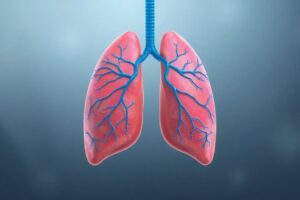Unraveling the Mystery of Atmospheric Water Generation
The Aqua Tower has captured the imagination of many seeking water independence, promising an almost magical solution to water scarcity. But what’s the real story behind this device?
Let’s take a look at the science, claims, and practical considerations surrounding atmospheric water generation.
The Science of Extracting Water from Air
Atmospheric water generation isn’t new technology. The basic principle involves cooling air to it’s dew point, causing water vapor to condense into liquid form.
This process occurs naturally when you see dew on grass in the morning.
The challenge comes from doing this efficiently and at scale.
Understanding Condensation
Condensation occurs when warm air containing water vapor comes into contact with a cooler surface. As the air cools, it can no longer hold as much moisture, and the excess water vapor condenses into liquid droplets.
This is the same principle that causes water droplets to form on the outside of a cold glass on a hot day.
Factors Affecting Water Extraction
Several factors influence the effectiveness of atmospheric water generation:
- Relative Humidity: Higher humidity levels mean more water vapor is available for extraction.
- Temperature: Cooler air can hold less moisture, making condensation easier.
- Air Flow: Moving air across condensation surfaces increases efficiency.
- Surface Area: Larger condensation surfaces allow for more water collection.
- Energy Input: Cooling air needs energy, which impacts the overall efficiency and cost of the process.
The Aqua Tower’s Claims
The Aqua Tower purportedly uses advanced condensation technology to extract moisture from the air, even in arid environments. While it’s true that there’s always some moisture in the air, the amount varies greatly depending on climate and weather conditions.
Output Claims
The claim that the Aqua Tower can produce 30-60 gallons of water per day is theoretically possible, but it would need ideal conditions and significant energy input. In reality, the output would likely be much lower in most environments, especially arid ones where water is most needed.
Energy Efficiency
The sales pitch often glosses over the energy requirements for atmospheric water generation. Cooling air to it’s dew point needs substantial energy input, especially in dry climates where the air must be cooled significantly to reach the condensation point.
Adaptability to Different Climates
While the Aqua Tower is marketed as a solution for various environments, it’s effectiveness would vary dramatically based on local conditions. In humid coastal areas, extracting water from air is relatively straightforward.
However, in dry regions, it becomes much more challenging and energy-intensive.
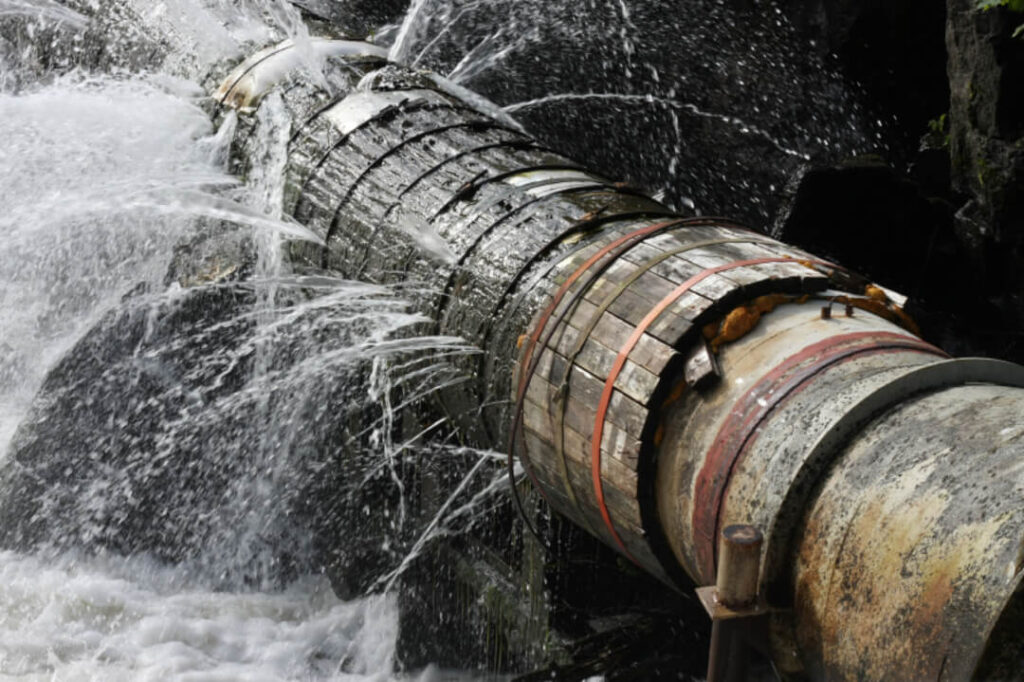
Military Origins: Fact or Fiction?
The sales pitch mentions military origins for the technology. While the military has indeed invested in atmospheric water generation research, it’s important to understand the context and limitations of this technology.
Military Research
The U.S. military has explored atmospheric water generation as a potential solution for supplying water to troops in remote or arid locations. However, effective systems for desert use are typically large, complex, and energy-intensive.
Scaling Challenges
The idea that this technology can be easily scaled down to a $200 DIY project is highly questionable. Military-grade systems often need sophisticated cooling mechanisms, high-efficiency condensers, and robust filtration systems – components that are difficult to replicate in a low-cost, home-built device.
Technology Transfer
While some military technologies do find their way into consumer products, the process typically involves years of development and significant investment. The claim of direct military technology transfer to a simple DIY project should be viewed with skepticism.
Building Your Own Water Generator: Practical Considerations
If you’re intrigued by the idea of building your own atmospheric water generator, it’s important to approach the project with realistic expectations. Here’s a detailed overview of what such a project might entail:
1. Research and Design
Start by thoroughly researching condensation principles and existing DIY designs. Understanding the physics behind water vapor extraction will help you design a more effective system.
Consider factors like:
- Optimal cooling temperatures
- Air flow patterns
- Condensation surface materials
- Energy efficiency
2. Gathering Materials
You’ll need several key components:
- Cooling System: This could be a thermoelectric cooler (Peltier device) for small-scale projects or a more powerful refrigeration system for larger setups.
- Fans: To move air across your condensation surfaces.
- Collection Surfaces: Materials that promote condensation and allow water to collect easily.
- Filtration Components: To confirm the collected water is safe for consumption.
- Insulation: To improve energy efficiency.
- Power Supply: Sized appropriately for your cooling and fan systems.
3. Prototype Construction
Start small to test your design concepts. A basic prototype might consist of:
- A small Peltier cooler attached to a heat sink
- A fan to blow air across the cooled surface
- A collection tray or funnel to gather condensed water
- A simple carbon filter for initial water purification
4. Testing and Measurement
Once your prototype is built, conduct thorough testing:
- Measure water output under various conditions (temperature, humidity)
- Monitor energy consumption
- Test water quality using readily available test kits
- Assess the system’s performance over extended periods
5. Iteration and Improvement
Based on your test results, identify areas for improvement:
- Experiment with different cooling methods
- Optimize air flow patterns
- Enhance condensation surface designs
- Improve filtration and purification methods
6. Scaling Up
If your small-scale prototype shows promise, consider scaling up the design. This will likely involve:
- More powerful cooling systems
- Larger condensation surfaces
- More sophisticated filtration methods
- Improved water collection and storage solutions
7. Safety and Quality Control
Throughout the process, prioritize safety and water quality:
- Implement rigorous filtration and purification methods
- Regularly test water quality
- Ensure all materials in contact with water are food-grade and non-toxic
- Address potential issues like bacterial growth in collected water
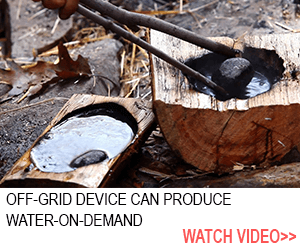
Red Flags and Skepticism
When evaluating products like the Aqua Tower, it’s crucial to maintain a healthy level of skepticism. Several aspects of the sales pitch raise red flags:
Exaggerated Output Claims
The promise of 30-60 gallons per day in all environments is highly unlikely. Actual output would vary significantly based on local conditions and would likely be much lower in most real-world scenarios.
Vague References to “Military Technology”
While the military has researched atmospheric water generation, the claim of direct technology transfer to a simple consumer product is dubious. Military systems are typically complex and expensive.
Playing on Fears
The marketing often capitalizes on fears of water scarcity and government control. While water security is a valid concern, be wary of products that exploit these fears without offering solid evidence of effectiveness.
Lack of Verifiable Data
Reputable products should provide clear, verifiable performance data. The absence of such information is a significant red flag.
Focus on Selling Plans
The emphasis on selling plans as opposed to a finished product shifts the risk and responsibility to the consumer. This approach can be a way to avoid accountability for product performance.
Unrealistic Cost Claims
The suggestion that a highly effective water generation system can be built for around $200 is highly questionable given the complexity of effective atmospheric water generation.
Adapting Water Generation to Different Scenarios
While the Aqua Tower itself may not live up to it’s claims, the concept of atmospheric water generation does have merit in certain scenarios. Understanding these can help you make informed decisions about water management strategies.
Humid Coastal Areas
In regions with high humidity, simpler atmospheric water generation systems can be effective for supplemental water production. These areas naturally have more water vapor in the air, making extraction easier and more energy-efficient.
Tropical Climates
Similar to coastal areas, tropical regions often have high humidity levels that are conducive to atmospheric water generation. In these climates, even relatively simple condensation systems can produce meaningful amounts of water.
Off-Grid Living
For those living off the grid, small-scale atmospheric water generators can be a useful part of a diversified water strategy. They can complement other water sources like rainwater harvesting or well water, providing an extra layer of water security.
Emergency Preparedness
In disaster scenarios where traditional water sources are compromised, portable atmospheric water generators could provide a crucial water supply. However, these would likely be more sophisticated (and expensive) than DIY solutions.
Arid Regions and Drought-Prone Areas
In these challenging environments, other water conservation and collection methods are likely to be more effective than atmospheric water generation. These might include:
- Rainwater Harvesting Systems: Collecting and storing rainwater during infrequent precipitation events.
- Greywater Recycling: Reusing water from sinks, showers, and laundry for irrigation or non-potable uses.
- Xeriscaping: Landscaping with drought-resistant plants to reduce water needs.
- High-Efficiency Appliances and Fixtures: Reducing overall water consumption through technology.
- Desalination: In coastal arid regions, converting seawater to freshwater (though this is energy-intensive and typically only possible on a large scale).
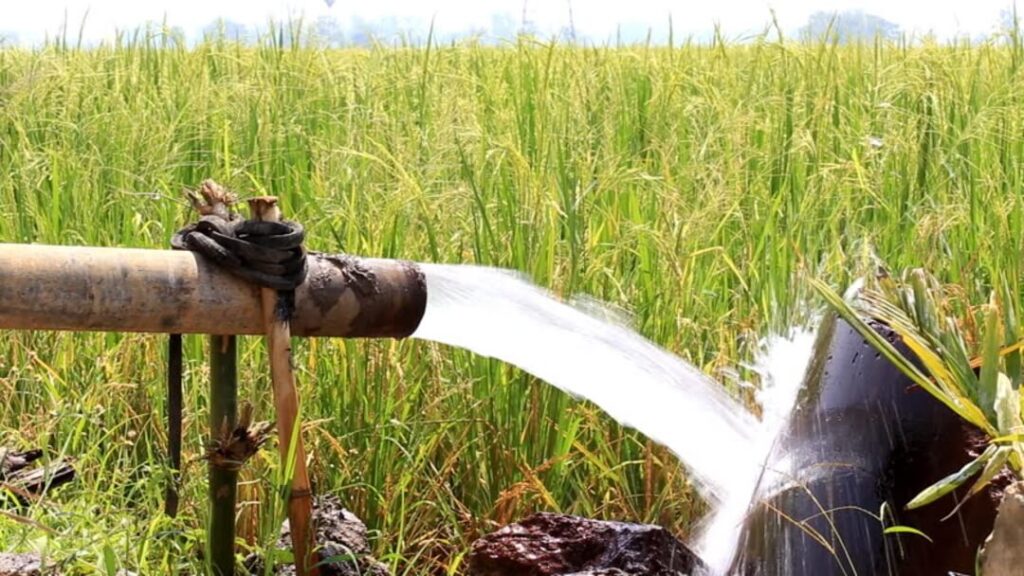
From Basics to Mastery: Understanding Water Resources
Exploring concepts like the Aqua Tower can be a gateway to deeper understanding of water resources and management. As you take a close look at this topic, you’ll encounter fascinating areas of study that can enhance your water wisdom.
The Global Water Cycle
Understanding the water cycle is basic to grasping the challenges and opportunities in water resource management. Key aspects include:
- Evaporation and Transpiration: How water moves from Earth’s surface to the atmosphere.
- Condensation and Precipitation: The processes that return water to the Earth’s surface.
- Runoff and Infiltration: How water moves across and into the land after precipitation.
- Groundwater Flow: The movement of water beneath the Earth’s surface.
Advanced Water Purification Technologies
As water scarcity increases, innovative purification methods become crucial. Some cutting-edge technologies include:
- Membrane Filtration: Using advanced materials to remove contaminants at the molecular level.
- UV Disinfection: Utilizing ultraviolet light to neutralize harmful microorganisms.
- Electrochemical Treatment: Employing electrical currents to remove pollutants.
- Bioremediation: Using microorganisms to clean contaminated water.
Water Rights and Environmental Policy
The intersection of water rights, politics, and environmental policy is complex and varies greatly around the world. Key issues include:
- Riparian Rights vs. Prior Appropriation: Different legal frameworks for water allocation.
- Transboundary Water Management: Challenges in managing water resources that cross political borders.
- Water Privatization: The ongoing debate over public vs. private control of water resources.
- Environmental Flow Requirements: Balancing human water needs with ecosystem health.
Sustainable Water Use in Agriculture and Industry
Agriculture and industry are major water consumers. Innovative approaches to sustainable water use in these sectors include:
- Precision Agriculture: Using technology to improve irrigation and reduce water waste.
- Water Recycling in Manufacturing: Implementing closed-loop systems to reuse industrial water.
- Drought-Resistant Crop Development: Breeding plants that need less water.
- Smart Water Metering: Using data to identify leaks and inefficiencies in water systems.

Practical Exercises for Water Wisdom
To deepen your understanding of water resources and atmospheric water generation, try these hands-on activities:
1. Monitor Local Humidity Levels
Track daily humidity levels in your area using a hygrometer or weather app. Calculate the theoretical water generation potential based on these readings. This will give you a realistic sense of how much water could be extracted from your local air.
2. Build a Simple Condensation Device
Create a small-scale condensation device to observe the principles in action. A basic setup might involve:
- A metal can filled with ice water
- A thermometer to watch surface temperature
- A collection tray to catch condensed water
Observe how environmental factors like room temperature and air movement affect condensation rates.
3. Conduct a Home Water Audit
Analyze your household water use to identify conservation opportunities:
- Install water meters on major appliances
- Track water usage for different activities
- Identify and fix leaks
- Calculate your water footprint
4. Research Local Water Sources
Investigate where your community’s water comes from:
- Identify local water bodies, aquifers, or reservoirs
- Research the treatment methods used by your local water utility
- Understand the challenges facing your local water supply
5. Experiment with Water Conservation Techniques
Implement various water-saving strategies and measure their impact:
- Install low-flow fixtures
- Collect and use rainwater for gardening
- Implement greywater recycling for suitable uses
- Monitor your water bills to quantify savings
6. Analyze Water Quality
Learn about water quality testing:
- Obtain water testing kits to check your tap water
- Compare results with local water quality reports
- Research common contaminants and their health effects
7. Design a Theoretical Water Management Plan
Create a comprehensive water management plan for a hypothetical community:
- Consider various water sources (surface water, groundwater, rainwater)
- Plan for water treatment and distribution
- Incorporate conservation strategies
- Address potential challenges like drought or population growth
These hands-on activities will give you a more nuanced understanding of the challenges and opportunities in water resource management.
Key Takeaways
- Atmospheric water generation is a real technology, but it’s effectiveness is highly dependent on environmental conditions.
- Claims of high water output in arid environments should be viewed skeptically.
- DIY water generation projects can be educational but are unlikely to provide significant water supplies.
- A diversified approach to water conservation and collection is more effective than relying on a single “miracle” solution.
- Understanding water resources leads to more informed decision-making and community engagement.
- Practical exercises and research can significantly enhance your water resource knowledge.
- Sustainable water management needs considering many factors including technology, policy, and environmental impact.
People Also Asked
What is atmospheric water generation?
Atmospheric water generation is the process of extracting water vapor from the air and condensing it into liquid water. This technology uses principles of condensation and cooling to collect moisture present in the atmosphere.
How much water can be extracted from air?
The amount of water that can be extracted from air varies greatly depending on humidity levels, temperature, and the efficiency of the extraction device. In ideal conditions, some commercial units claim to produce up to 5-10 gallons per day, but actual output is often much lower.
Are atmospheric water generators energy effective?
The energy efficiency of atmospheric water generators varies widely. In humid environments, they can be relatively effective.
However, in dry climates, they often need significant energy input, making them less effective than other water sources.
Can atmospheric water generators work in deserts?
While atmospheric water generators can technically operate in desert environments, their efficiency is greatly reduced because of low humidity levels. In these conditions, the energy required to extract water often outweighs the benefits.
How much does an atmospheric water generator cost?
Commercial atmospheric water generators can range from a few hundred dollars for small, personal units to tens of thousands for larger, more effective models. DIY versions may cost less but are likely to be less effective.
Is water from atmospheric generators safe to drink?
Water produced by properly maintained atmospheric generators is generally safe to drink. Most systems include filtration components to remove potential contaminants.
However, regular maintenance and water quality testing are important to confirm safety.
Can atmospheric water generators replace traditional water sources?
For most situations, atmospheric water generators are not suitable as a finish replacement for traditional water sources. They are better suited as supplemental water sources or for specific applications like emergency preparedness.
What maintenance do atmospheric water generators need?
Maintenance typically includes regular cleaning of condensation surfaces, replacement of filters, and occasional sanitization of the water collection system. The frequency and complexity of maintenance vary depending on the specific device and usage conditions.
How do atmospheric water generators compare to desalination?
Atmospheric water generators are generally less energy-intensive than desalination for small-scale applications. However, desalination can be more effective for large-scale water production, especially in coastal areas with limited freshwater resources.
Can I build my own atmospheric water generator?
While it’s possible to build a simple atmospheric water generator as a DIY project, homemade versions are unlikely to match the efficiency or output of commercial units. DIY projects can be educational but are not typically practical for significant water production.
Where Can I Get the This?
To View it and get it, just Tap Here!
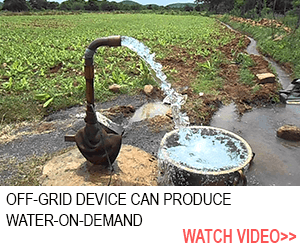
Click on Image above to Learn More

